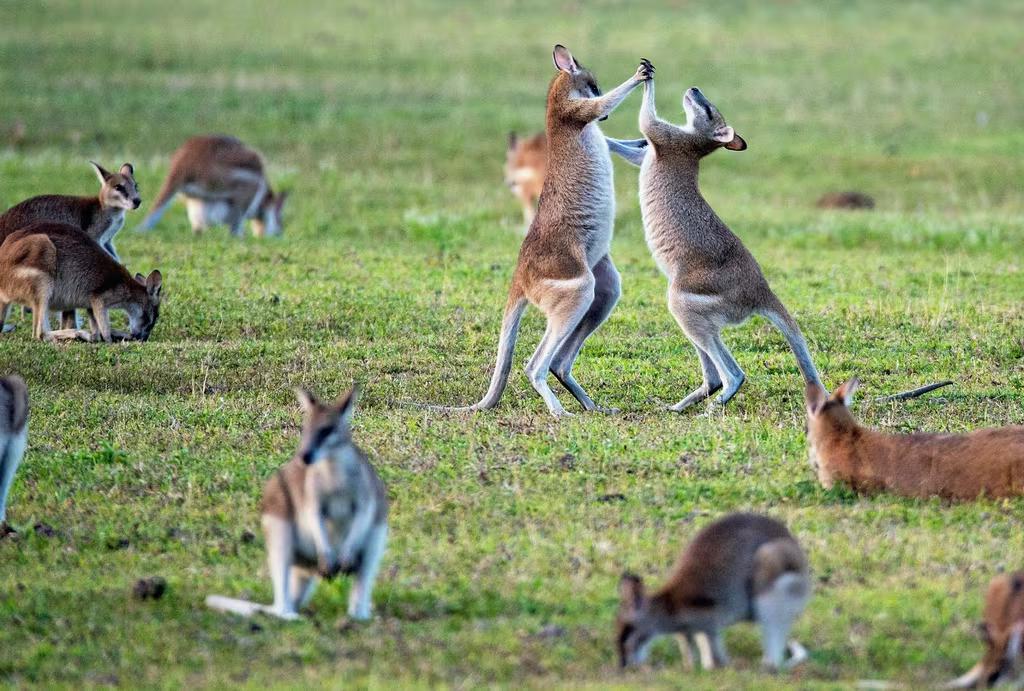The recent announcement by the Australian government of the return to a simpler citizenship pathway for Kiwis has been met with concerns over a further loss of talent across the ditch. Infometrics analysis of migration data between New Zealand and Australia shows that New Zealand is already seeing a net outflow of people from New Zealand to Australia, but also that current migration levels are not nearly as intense as they’ve been over history.
A brief recap on migration data
The way that migration is measured has changed over time – although suffice to say that New Zealand has among the best timely and detailed migration data in the world.
Prior to 2018, migration was based on intentions of travellers. In effect, this meant that migration was measured by the number of people entering or leaving New Zealand who said that they were permanently migrating (in or out), based on arrival and departure card data. Departure cards were axed, meaning that only entries could be considered. This intentions-based measure included the origin or destination of the migrant.
Since 2018, migration has been measured on an outcomes-based measure, which records someone as a migrant arrival or departure if they spend 12 of a consecutive 16-month period in or out of the country. This outcomes-based measure has been backdated to 2001.
Stats NZ has also utilised data from the Australian Bureau of Statistics (ABS) to determine migration trends between Australia and New Zealand, which we present in our analysis too.
Fewer Aussies recently moving to NZ
Recent data from Stats NZ and ABS (up until the September 2022 quarter) shows that just under 18,000 people from Australia had migrated to New Zealand in the past year (see Chart 1). That figure is one of the lowest levels of migrant arrivals from Australia to New Zealand since 2004 but comes only partway through the period as international borders reopened.
Australian migration to New Zealand had been far stronger over the period after the GFC and the COVID-19 pandemic, averaging over 30,000pa over the five years to 2019. Old intentions-based estimates show that the level of migration from Australia to New Zealand had been broadly steady from the 1980s until 2010.
The data also shows that intentions-based migration undercounts migrant movements, as some people who travelled to Australia and didn’t originally expect to remain in Australia did end up remaining in the country.
Larger swings in the number of Kiwis moving to Australia
Historical and more recent data shows a considerable range of migration of New Zealanders heading to Australia. Historical data shows high levels of migration in the early 1980s, late 1980s, and early 2000s (see Chart 2). Low migration levels occurred in the mid-1980s, throughout the first half of the 1990s, and toward the middle of the 2000s.
The change in citizenship pathways for New Zealanders in the early 2000s isn’t immediately obvious in the number of New Zealanders heading across the ditch – at least not compared to the other swings in NZ-to-Australia migration. However, it’s reasonable to assess that the fall from the near-term peak of over 42,000 (over the year to March 2001) to a low of just over 23,000 (over the year to June 2003) is driven by this policy change.
More recent data shows that the number of Kiwis heading to Australia peaked at over 60,000pa in the year to June 2012 – after the Christchurch earthquakes, the GFC, and the Australian mining boom.
Migration since then shows that migration from New Zealand to Australia dropped to and then plateaued around 34,000pa over the five years to the end of 2019. Since then, Kiwi migrant movements to Australia fell heavily during the pandemic, but have since recovered to just over 28,000pa over the year to September 2022.
Net migration to Australia already at -10,000pa
Taken together, the number of Australians moving to New Zealand and New Zealanders moving to Australia shows a deteriorating trend. Net migration between NZ and Australia averaged 3,000pa over the five years to the end of 2019, the smallest net-outflow from New Zealand to Australia since the early 1990s (see Chart 3). This trend was driven by a subdued number of people moving to Australia, and a strong-than-historical level of Australians moving to New Zealand.
The pandemic saw a boost in this trend, with the largest net-inflow of Australians to New Zealand going back to the 1980s. However, the borders reopening has seen a resumption in previous trends of a net outflow, with the most recent figures showing that the net flows out to Australia from New Zealand have grown.
Over the year to September 2022, just over a net of 10,000 people moved from New Zealand to Australia – the largest net outflow since the start of 2014.
Better earnings available in Australia
There’s a definite wage gap between New Zealand and Australia, which in part helps to explain the usual net loss of people from New Zealand to Australia. Updated Infometrics analysis shows that the gap between average weekly earnings in New Zealand and Australia remained at around $200 in NZD terms in 2022 (see Chart 4).
The gap was largest, at nearly $500 a week, during the mining boom in the early 2010s, but has remained around $200-$250 a week over most of the last decade. In this regard, the lure to Australia has always been there.
Risk of Kiwis not returning, rather than more leaving
Looking at migration trends between Australia and New Zealand, and considering the recent policy changes for New Zealanders able to gain Australian citizenship, we’re not convinced that a massive brain drain will result from the policy change.
Part of this view is that we’re already seeing a larger number of people leaving New Zealand for Australia, even before the policy was announced. If there is a considerable brain drain, it was already underway.
Instead, we’d view it as more likely that the policy will encourage New Zealanders already in Australia to remain in Australia, rather than return back home to New Zealand at a later stage.
Regardless, all of this analysis still suggests that New Zealand must consider how best to ensure that New Zealand remains a destination of choice for people to choose to migrate to or choose to return home to. Recent migration data for New Zealand suggests that New Zealand is still a sought-after place to migrate to, given the rapid return of high levels of net inward migration. But with the net outflow to Australia having risen too, New Zealand must continue to improve our own living standards, before our cousins across the Ditch nick the talent we’ve worked so hard to attract.


















